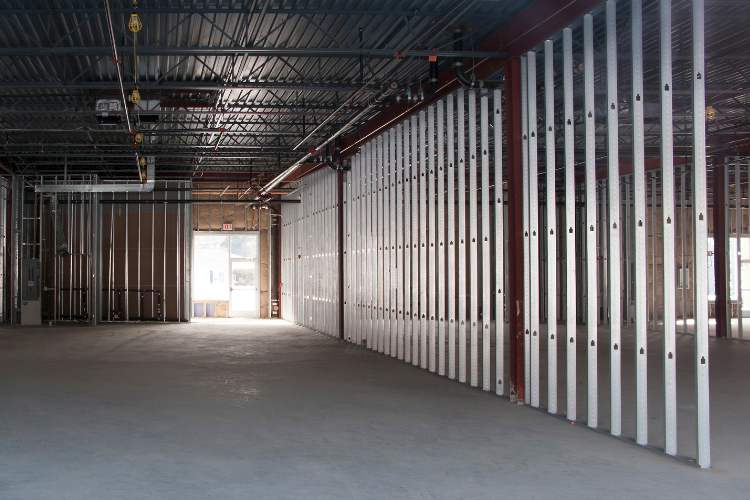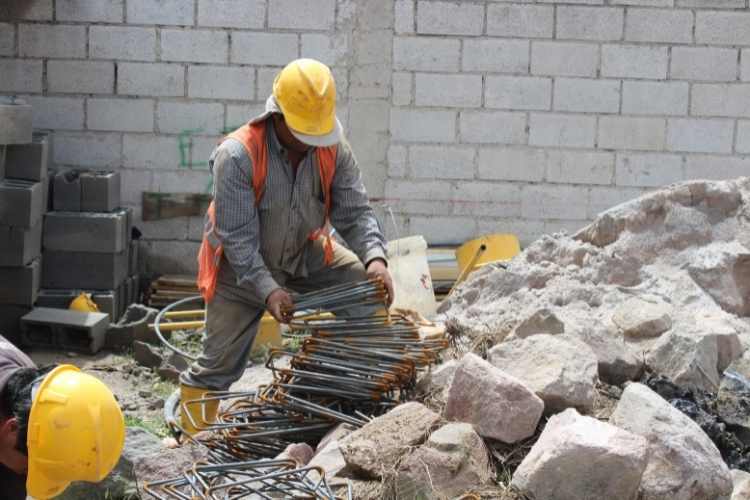Slow payments are as certain in the construction industry as “death and taxes.” It’s an unfortunate industry standard that subcontractors have been forced to adapt to, and no one is immune to. They affect even the most experienced and profitable subs, making it difficult to accurately measure cash flow and potentially digging into your bottom line. However, there are ways subs can protect their businesses from the impacts of slow payments: calculating the cost of slow payments and the cost of capital. When you acknowledge and quantify the true cost of slow payments, you can take proactive steps to reduce their impact and fuel your own growth.
Billd hosted an online Meetup for subcontractors to discuss how to account for the cost of capital to maintain profitability. Travis Mayor of Billd and Jerry Aliberti from Pro-Accel offered a formula to help subcontractors calculate the true cost of slow pay, along with considerations to make when determining the cost of capital. Consider this vital information when planning for growth, thinking about your company’s future, and protecting your profitability.
Calculating the Cost of Slow Pay
There’s a simple formula you can use to put a dollar value on the cost of slow pay. This formula can get more detailed, depending on your financial acumen and how many other variables you track in the business, but a straightforward calculation is:
Inflation % + Interest % + Potential Profit % = Carrying Cost %
For Example:
-
- Monthly Inflation: 3% / 12 = .25%
- Monthly Interest Rate (for example, your LOC): 11% / 12 = .92%
- Potential Profit Rate (Lost Business): 5%
- Monthly Carrying Cost = 6.17%
According to this formula, every month that you don’t collect money because of slow pay, it costs you 6.17%. When making this calculation, potential profit is the variable that’s easiest to miss. But because slow pay can limit growth, it results in lost profits. It’s not always easy to put a dollar amount to, but there is an opportunity cost associated with what you’re not doing due to your constraints. One of those constraints is waiting 60 days or longer for your payment.
Being able to quantify it doesn’t mean you’re going to solve slow payment tomorrow. But it helps you prepare for the realities of the industry, not only today, but throughout the future of your business.
This calculation is one part of the larger financial picture of your business. When your accounting team incorporates this metric into your reports, you can go more in-depth and see the tangible effects it has on your business.
Determining the Cost of Capital: Factors to Consider
Slow pay isn’t the only thing that can erode your profits. Capital has its own associated costs that have to be calculated and added to bids in order to protect your margins. Quantifying the factors below will allow you to create a well-rounded picture of what it costs to use different types of capital. These calculations, as well as the cost of slow pay, should all be taken into consideration when you are building your bids so you can maintain profitability.
Day Sales Outstanding (DSO): Find out the exact number of days you are floating costs while waiting to be paid. Break this down across all of the GCs you work with per year. Each GC has their own clients and variable payment schedules, so use your work history with them to build an average DSO. This will help you fine-tune your carrying costs.
Financing Costs: Working capital costs are another variable you have to consider, since they can quietly eat into your bottom line while you wait through slow pay. The best thing you can do is always have your working capital options ready, with open lines/capacities, before you need them, and get familiar with their costs. Then, establish a strategy for when to deploy certain forms of capital and include the cost of capital in your bid. This can help you minimize the ultimate landed costs of that financing.
Opportunity Costs of Cash: When the capital you use is your own, don’t make the mistake of thinking it’s free. Companies operating off their own balance sheets frequently overlook the opportunity costs of relying on cash. These include lost short- and long-term investments, key hires, equipment, and more. While your team may consider these costs acceptable, it’s crucial to at least discuss them.
Slow pay may be a pain for subcontractors, but it presents an opportunity for subs to get creative, analytical and proactive. We encourage you to use these processes to uncover the true cost of slow payment and different sources of working capital so you can protect your profits and bid to scale your business. For more information on how to account for the cost of capital to maintain profitability, watch our full Meetup on demand.





